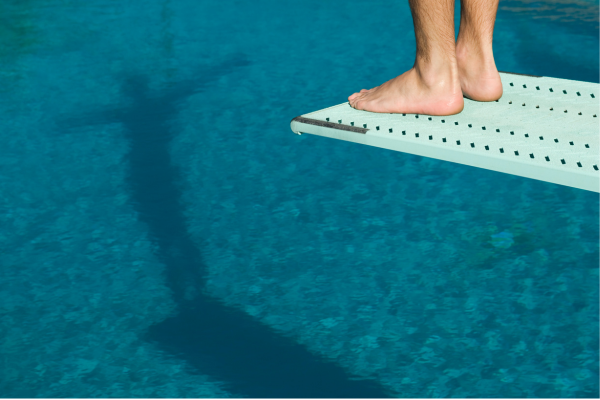Fall Caused by Spontaneous Hip Fracture

Case Summary: An elderly woman was diagnosed with a left femoral neck fracture after falling onto a concrete sidewalk while walking with her daughter. After the incident, it was discovered that movement between two adjacent sidewalk slabs had created a 2-inch-wide separation and a change in elevation of between ½ and 1 inch. While neither the plaintiff nor her daughter knew why the fall occurred, they assumed that it was due to the change in elevation. The plaintiff’s expert opined that the change in elevation violated the Americans with Disabilities Act (ADA) and was the cause of the plaintiff’s fall.
Expert Analysis: Based on the plaintiff’s testimony, she was walking on the left side of the sidewalk where the change in elevation was about ½ inch. A review of the property maintenance records and photographs revealed that the subject sidewalk joint had been filled prior to the plaintiff’s fall. The filler created a bevel condition across the joint, which had a slope of 1:4 in the area where the plaintiff was walking. ASTM and ADA standards allow for changes in elevation up to ½ inch to be beveled with a slope less than 1:2. Therefore, the condition of the sidewalk, in the area where the plaintiff was walking, complied with industry standards and ADA requirements. Furthermore, a review of the plaintiff’s fall mechanics revealed that she fell straight down and to her left. These mechanics were not consistent with a trip but were consistent with a sudden loss of support on her left side. This analysis was further supported by an orthopedic expert who opined that the plaintiff’s fall was consistent with a spontaneous fracture of her left femoral neck, due to her preexisting osteoporosis.
Result: Case settled.

